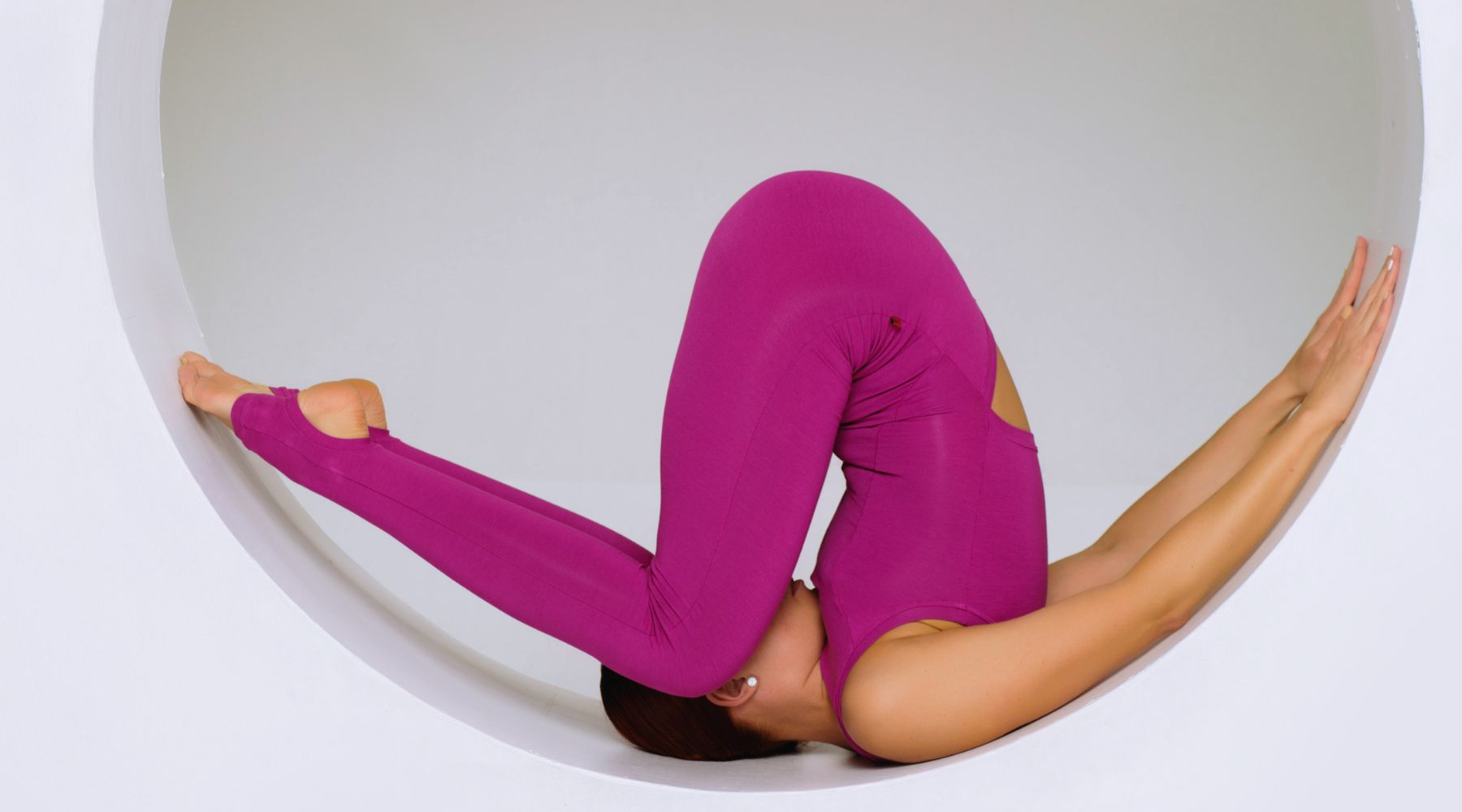Excess skin and fat in the thigh area can affect a person’s self-esteem and body confidence. Many individuals feel self-conscious about wearing certain clothing items, such as shorts or swimsuits, due to the appearance of their thighs. A thigh lift (thighplasty) can help them achieve more proportionate, sculpted, and contoured thighs, which can greatly enhance their body confidence and may ease anxiety in certain social situations.
After making the significant decision to undergo a thigh lift, many patients begin to wonder what their recovery process will look like. They begin to ask questions like “Can you sit after a thigh lift?” or “How do I use the toilet after a thigh lift”. Understanding and being prepared for the recovery process is an important step in determining the success and overall satisfaction of your thigh lift procedure.
Today we are going to provide a brief overview of the timeline for resuming your normal level of activity and when you can expect to sit comfortably after a thigh lift.
Quick Overview Of What Is Involved In A Thigh Lift
During thighplasty surgery, excess skin and fat are removed from the thighs, resulting in a smoother and more toned appearance. The surgeon creates incisions in the groin area, inner thigh, or outer thigh, depending on the specific treatment plan, and removes the excess skin and fat. The remaining skin is repositioned and tightened to create a more natural, contoured look.
Why Would Someone Desire To Have A Thigh Lift?
There are different reasons why an individual might choose to have a thighplasty to enhance the appearance of their thighs. Some of these reasons include:
- Losing A Significant Amount Of Weight
- Many individuals who have lost a significant amount of weight, either through diet and exercise or weight loss surgery, may be left with loose and sagging skin in the thigh area. They work hard to achieve a healthier weight; however, the excess skin prevents them from fully enjoying their new body shape. Extra skin that is loose and hanging down can also make it hard for some individuals to wear pants or other clothing choices. A thigh lift can remove the surplus skin and create a smoother, more contoured appearance.
- Skin Laxity From Aging
- As we age, our skin gradually loses its elasticity and firmness. Then, to exacerbate the situation, we have good old gravity adding its two cents, which can lead to saggy, loose skin in various parts of the body, including the thighs. Another factor that can come into play as we age is the loss of muscle mass, which can cause the appearance of loose skin. A thigh lift can address this age-related skin laxity by removing excess skin and tightening the remaining tissues, resulting in a more youthful and toned appearance.
- Genetic factors
- Some people can be genetically predisposed to carrying excess fat and having loose skin in their thigh area. Even with a healthy lifestyle and regular exercise, it can be challenging to achieve the desired thigh contour. A thigh lift can help reshape and redefine the thighs by removing excess skin and fat deposits, providing a more proportionate and aesthetically pleasing appearance.
Thigh Lift Aftercare
How Long Until I Can Comfortably Sit Down After A Thigh Lift?
After having a thigh lift, it is very important to follow the post-operative instructions provided by your surgeon to ensure a smooth recovery and optimal results from your surgery. While every patient’s healing process will be unique, there are some general guidelines to consider regarding standing, lying down, and sitting after a thigh lift.
While cosmetic surgeons typically advise moving around following surgery to prevent blood clots, there are some exceptions for thigh lift patients. This precaution is due to the length of the incisions required during a thigh lift, and moving around too much can cause them to tear open, which would inhibit your healing process and affect the final results of your thigh lift surgery.
Bed Rest Recommended For One Week After A Thigh Lift
Immediately after your surgery, you can expect swelling, bruising, and discomfort in the treated area. You will need to wear special compression garments for four to six weeks after your thigh lift that will help keep your incisions stabilized as well as minimize swelling and bruising as much as possible. Your surgeon will likely recommend that you remain on bed rest and elevate your legs for the first week to help with the swelling and bruising and get your recovery off to a good start. During bed rest, it is recommended that patients lie with their legs separated to prevent sweating, which can lead to chafing of the skin, which can increase discomfort and delay the healing process.
Avoid Prolonged Sitting After A Thigh Lift
During these first few weeks, you need to be especially careful while moving around to prevent putting unnecessary pressure on the incisions and the surrounding tissues. The location of your incisions and the type of thigh lift that was performed will determine the best positioning while you recover. It is normal to experience discomfort while sitting after a thigh lift for the initial six-week period following a thigh lift due to the pressure it exerts on the incisions. If you sit down too soon after surgery, you risk having your incisions open up, which will lengthen your healing time. In order to experience a smooth recovery, it is important to maintain a balance between rest and reduced activity.
Normally, near the one- to two-week mark, you will have a follow-up appointment with your surgeon to assess your progress and remove any drains or sutures. By this time, sitting may be a bit more comfortable, and your surgeon may advise you to sit with a pillow or cushion strategically placed to help alleviate pressure. However, it is essential to note that you should still avoid prolonged sitting and continue to be careful when standing, walking, and bending to avoid stretching your incisions too much.
As the healing process continues, typically around three to four weeks after your thigh lift, you should be able to sit down more comfortably, and you can begin to increase your activity level a little. At this point, it is recommended to gradually incorporate slow and gentle walks into your routine. When you are walking, it is advised to be careful not to let your thighs rub against each other and cause friction that might irritate your incisions. These walks can be taken inside the house, in your yard, or in your neighborhood. It is important that you refrain from engaging in any activities that require more effort than gentle walking until you are given the all-clear from your surgeon.
Around six to eight weeks post-surgery, most patients find that sitting is no longer a major concern, and they can begin to resume their normal activities without discomfort. However, it is crucial to listen to your body and avoid any activities that may cause strain or discomfort. Every individual heals at their own pace, so it’s important not to rush the process and give your body enough time to fully recover.
Getting Of Bed After A Thigh Lift
To safely get out of bed, avoid using your upper body or legs to push yourself up. It is recommended to roll to your side in order to sit or stand. Also, to avoid feeling lightheaded, do not get up right away but instead sit on the side of the bed for a minute before trying to stand.
Using The Toilet After A Thigh Lift
For your safety, you should have an adult accompany you to the bathroom for the first day or two. You may feel lightheaded and need help standing from a sitting position or keeping yourself steady.
Some patients do not have issues sitting down on the toilet, but for others, this is a difficult part of their recovery. One tip for women that may help during urination is to urinate into a paper cup or use a styrofoam cup with the bottom removed as a type of funnel to help urinate into the toilet without having to sit down.
A toilet lifter is a medical device with rails that is positioned over the toilet and may be helpful in getting on and off the toilet for the first few weeks after your thighplasty. Patients can position their arms on the rails to help support some of their weight and keep excessive pressure off of their incisions.
Be Patient, And Do Not Rush Your Thigh Lift Recovery
Every patient’s recovery process is unique, and the timeline for when you can sit down comfortably after a thigh lift may vary. Factors such as the extent of the surgery, individual healing ability, and adherence to post-operative instructions can influence the recovery timeline. Listen to your body and do not try to push yourself too much or too fast.
Make sure you keep the lines of communication open with your surgeon throughout your recovery process so they can help you with any concerns or questions you have in a timely manner.
If you are interested in learning more about thigh lift surgery, contact IBI Plastic Surgery & Med Spa today. Dr. Angelina Postoev is a triple board-certified cosmetic surgeon and one of the few specialized thigh lift experts in the Nation. Dr. Angelina delivers optimal results through her extensive thigh lift expertise and uses her unique combination of artistry and surgical skills to sculpt and contour your thighs so they look naturally slimmer and more defined.
Set up your consultation today and let us help put together a plan that will help you reach your aesthetic goals.







